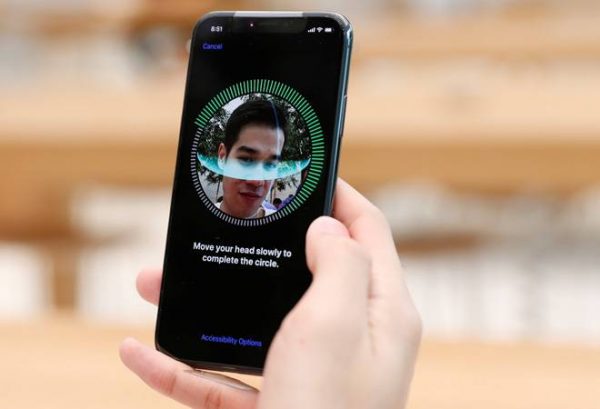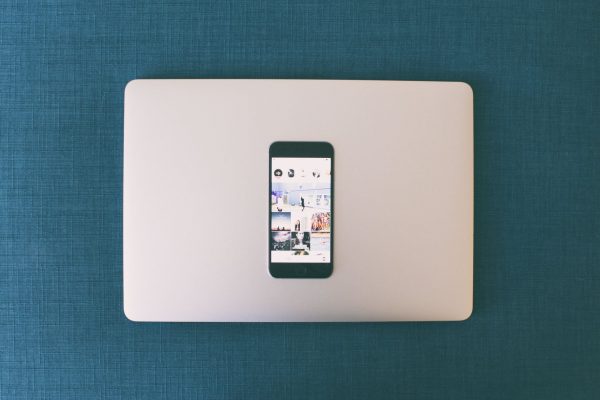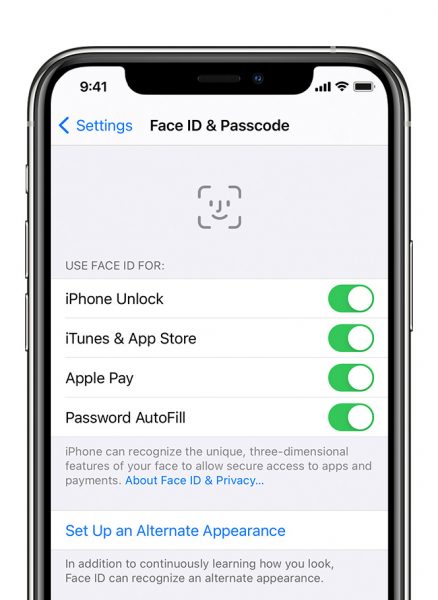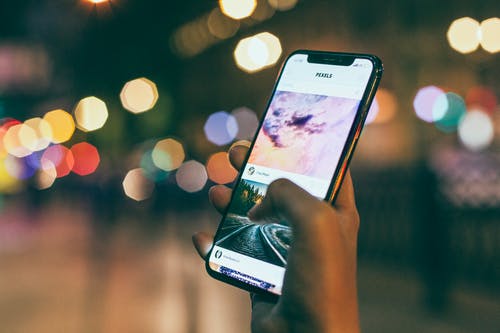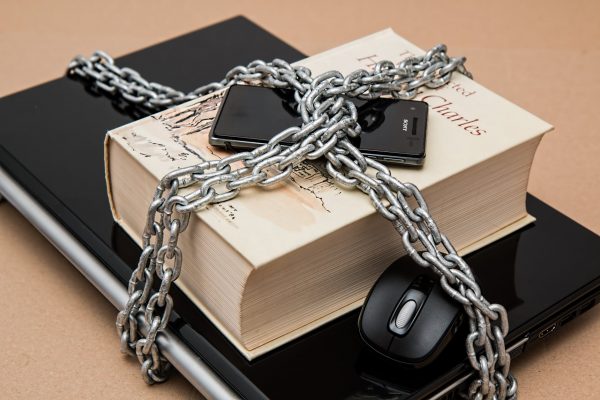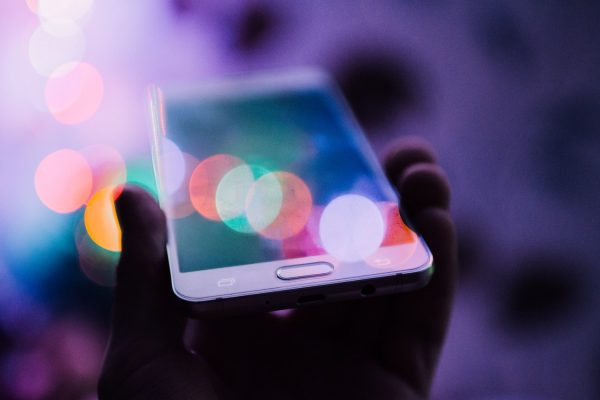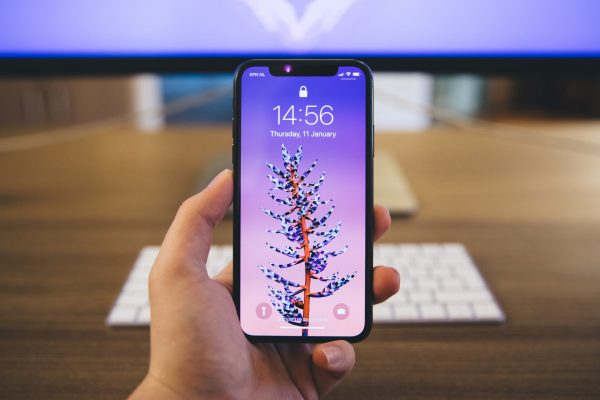In this article, we’ll explain how Face ID works and what makes it even better than other authentication methods.
What Is Face ID?
How Does Face ID Work?
Face ID’s Advanced Facial Recognition Capabilities
What Are Its Use Cases?
How to Enroll Your Face ID
If you purchased a new iPhone or iPad and didn’t know it had Face ID software, the Quick Start process will let you know about it. You can also enable Face ID through the Settings app later on. To set your Face ID manually, the enrollment option is located under Face ID & Passcode in Settings. Follow the prompts of the on-screen camera for the registration. Make sure to hold your device at arm’s length or anywhere between 10 and 20 inches away from you. Take note that the TrueDepth camera is capable of taking your photo while the device is in a sitting position. But in the case of enrollment, it would be much safer to stick to the selfie pose. Make sure that you follow the onscreen instructions with regard to the positioning of your head to make sure the software captures each angle. There are two scans in total for the enrollment process, after which the software will process your scans. Once the enrollment process is complete, you should be able to unlock your device by simply staring at it when the Face ID is active. Note that before you even set your Face ID, you first need to set a passcode as an alternative security method. Remember that you have five tries for the face scan each time you need to open your phone or initiate a transaction, but after that, you’ll need to provide a password. When it hasn’t been unlocked in 48 hours, it will ask you to reset your code.
What Are the Security Capabilities of Face ID?
Security is one of the main reasons why Apple came up with Face ID. It’s also one of the key things people want to know about the software. The question really is, how well does the software protect your iPhone and personal data? Luckily, Apple has put into place a variety of security measures to reduce security risks. Apple makes sure that Face ID encrypts all data. And the keys for encryption are stored safely in another secure storage called the Secure Enclave. Face ID will also automatically update this information whenever it detects slight changes to your appearance. Then a machine learning algorithm takes note of the different scans so that the software can recognize you better over time. Apple also doesn’t keep copies of your facial data including the mathematical models it creates from the data. It stores everything, including the master key into an encrypted location in your device. On the question of security for Face ID as a biometric system, the use of biometric data alone makes it quite a strong security measure. Apple noted that the probability that a person could get into your device using Face ID protection is only 1 in 1,000,000 with a single enrolled appearance. The only exception to this biometric fingerprinting would be twins with similar facial features and children under the age of 14 who have underdeveloped facial features. Face ID also only allows five unsuccessful face match attempts before asking for a passcode. Face ID also won’t unlock unless you stare directly into the screen of the phone. In case someone tries to steal your iPhone, you can disable the Face ID feature by pressing on both sides of the phone. Apple always makes sure that all of its products meet international standards for safety. That covers pretty much all devices including every model of the Mac, iPad, and iPhone. Even the TrueDepth camera system goes through the same rigid tests and has passed international standards. As such, Apple assures consumers that it is safe to use under normal usage conditions. Due to its low output, the infrared rays emitted from the system will not cause any harm to the eyes or skin. Apple also cautioned users to be careful with disassembly, as this can potentially damage the infrared sensors. As such, they encourage users to have their devices repaired strictly by Apple or an authorized service provider. Besides featuring multi-factor authentication, Apple also included some anti-tampering safeguards into Face ID. That means that if a consumer or an unauthorized service provider tries to tamper with the system, it will shut down automatically for safety reasons. The TrueDepth camera might also emit a light whenever that part of the device is being viewed through the lens of another camera. Their explanation is that some cameras can detect infrared light. Nevertheless, Apple assures consumers that the light that is being emitted will in no way cause harm to the human body. The TrueDepth camera also emits light under very low light conditions. That is, you might notice a light being emitted when you’re inside an unlit room or in the natural darkness of nighttime.
The Fun Factor of Face ID
Another unique thing about Face ID that users should know about is that it also works with emojis. Apple developed a type of emoji called Animoji way back in 2017. Animojis are customizable animated symbols that can reflect your facial expressions in real-time. They are similar to emojis found on text messaging and social media apps that convey particular emotions. However, the main difference between emojis and Animojis is that emojis are static images like stickers. Meanwhile, Animojis mimic your facial expressions in real-time. The integration between Face ID and Animoji allows users to create 3D emoji characters that mirror their own facial expressions. Animoji and your TrueDepth work together to capture and analyze more than 50 different muscle movements in your face. After that, the software tries to capture your facial expression in real time in order to reproduce it using Animojis. You can quickly share the Animojis that you make with other Apple users through the Messages app and social media. Apple has also expanded the selection of Animojis so that you can choose from a wide selection of smileys, animals, and even inanimate objects like food and everyday items.
Final Thoughts
Facial recognition technology has plenty of potential as a stronger and fool-proof alternative to modern authentication methods. But of course, like most things in the tech world, facial recognition technology also has its own limitations. Then here comes Apple with its own facial recognition technology. This amazing new technology encourages us to believe once again in the potential of facial recognition. Granted, there may be aspects that can be improved about Face ID. But even in its current state, we cannot deny that the technology is already quite formidable and extremely practical. We also deeply appreciate the use of machine learning and deep learning, which are still quite beyond our modern understanding. In a world of escalating risks of data privacy violations, Apple’s Face ID is a worthy addition to the arsenal of security measures.

